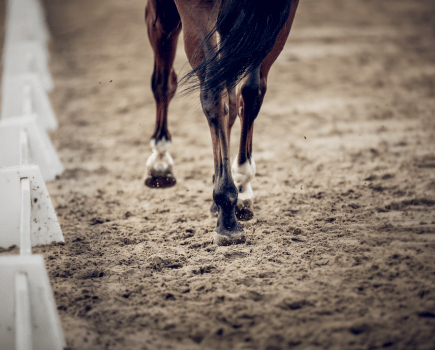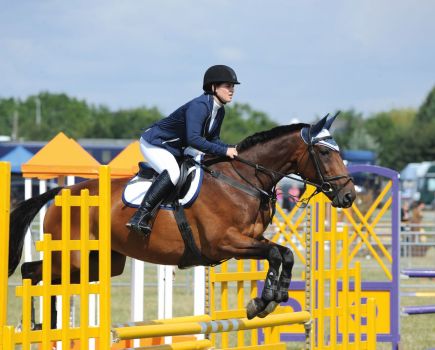Research carried out by the Royal Veterinary College (RVC) has revealed significant new insights into how strangles is transmitted among horses in the UK.
Strangles is an extremely contagious illness in horses that affects their upper respiratory tract. It is caused by a bacterium called Streptococcus equi (S. equi) and is the most common equine infectious disease affecting horse health around the world.
A collaborative study between researchers from the RVC, the University of Cambridge, the Swedish University of Agricultural Sciences and Redwings Horse Sanctuary and funded by The Horse Trust, analysed more than 500 S. equi samples from across the UK between 2016 and 2022 in an attempt to reveal key drivers of strangles transmission in UK horses.
These samples had been collected from clinical cases sent to diagnostic laboratories by veterinary surgeons seeking confirmation of infection. They were then cultured in the RVC’s research laboratory and had their DNA extracted and sequenced to reveal each bacterium’s complete genetic code.
The researchers took a novel approach which combined using whole genome sequencing and epidemiological data to trace how strains are related and have evolved. Using computer programmes, the researchers could track how genetically related strains spread between horses and across regions, over time. This approach also allowed the researchers to pinpoint likely transmission events and chains of infection.
Key findings
Analysis of these transmission dynamics resulted in the following key findings:
- The S. equi population structure in the UK between 2016 and 2022 dramatically changed and consequently, contrary to previous assumptions, acutely infected or recently convalesced short-term carrier horses played a more influential role in transmission than long-term carriers.
- Nearly two-thirds of identified transmission pairs occurred between horses from different UK regions, highlighting the national and international importance of horse movements in spreading the disease. A significant transmission chain observed spanning large distances across the UK over a six-month period, involving horses from England, Scotland, Wales and Northern Ireland.
- Most detected S. equi infections were transmitted from horses with overt clinical signs or those recently convalescing. This emphasises the critical need for greater awareness and adoption of post-outbreak screening protocols to confirm freedom of infection, rather than solely the resolution of clinical signs.
Greater post-outbreak screening protocols needed
“Strangles is a challenging and distressing disease for horses, owners, yards and vets, and this work has highlighted just how easily it can be spread across the UK in a short period of time,” said Dr Abigail McGlennon, former PhD student in the Department of Pathobiology and Population Sciences at the RVC, and lead author of the paper.
“This study shows how important enhanced surveillance utilising epidemiological and genomic data is to investigate and understand strangles transmission across the UK.
“Our data highlights the importance of greater awareness and adoption of post-outbreak screening protocols to confirm freedom from infection, rather than owners assuming recovery based on the resolution of clinical signs.”
Next steps
It is hoped that this research will allow owners and veterinarians to better understand and more effectively manage outbreaks of strangles through targeted interventions and outbreak management protocols.
“This research, and the publication of this paper, have advanced our knowledge around strangles transmission significantly,” said Nic de Brauwere, head of welfare and behaviour at Redwings Horse Sanctuary and co-author of the paper.
“It is so rewarding when high level research is able to have real-world relevance and bring immediate potential benefits to equine health.
“Owners, yards and vets can improve how they focus their screening efforts on the highest risk situations based on sound evidence, making the best use of limited resources whilst having a direct impact on the spread of infection to new susceptible equines.”
Image © Redwings Horse Sanctuary.







